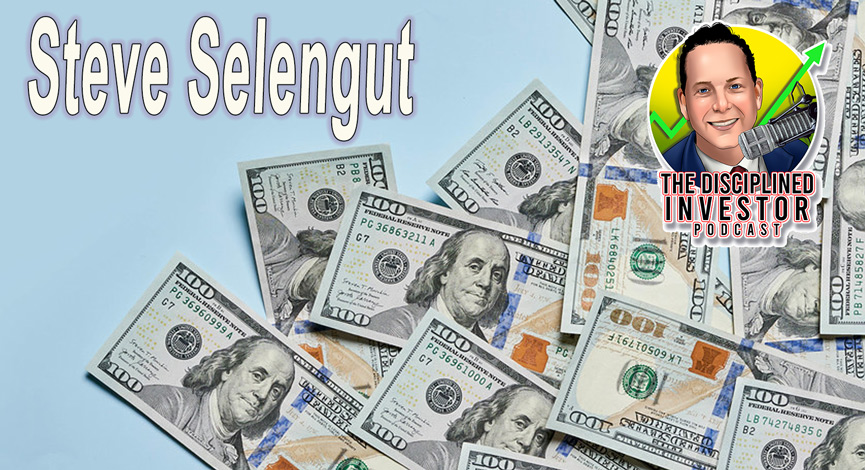That was quite a day! The market movement on Tuesday was not what we usually expect during a day of limited news. Sure, the Chinese Markets swooned 8%, but that was on the heels of the 20+% return over the 6 preceding sessions. That market had also seen amazing gains during the 2006 year and some correction was inevitable.
Yet, it was not the response to that, or even the fact that markets were perhaps a bit jittery over the close call for Vice President Cheney that was a concern to me. It was the swift move that the Dow Jones Industrial Average ( DJIA ) had midday that caused a fearful reaction to what was occurring. Simply. The fact that the index moved down over 250 points in a matter of seconds (yes seconds) is not normal.
In order for that to occur, there was an had to be an amazing coordination of selling and buying change which was randomly timedwhich just happened to occur all at once OR, there was a problem with the underlying trading systems that created the errors. Just think about what happened250 points for the 30 stock average within seconds.
The NYSE, the home of many of the DJIA socks, has long been the holdout for computer based trading that markets around the world have adopted. Our best example of the smooth workings of that kind of market is our very own NASDAQ. The idea of a decentralized market that allows for sellers and buyers to negotiate directly has been working well for many years. In fact, some actually think that it is a much better way of trading equities than the older NYSE model.
Here is what I believe is the problem: If the NYSE was still an purely auction based trading platform, run by specialists whose job it is to maintain orderly flow of transactions, the evens of Tuesday, Feb 27th, may never of occurred. The problem is that the NYSE has now gone to a hybrid approach that has both auction based trading and matched based transactions. This new Hybrid system continued its release through 2007 and one of the components that may have had significance to the problems of Tuesday was part of the system they call Liquidity Replenishment Points.
According to information on NYSE.com, they believe that, in general, auction representation dampens volatility and lowers trading costs. Liquidity Replenishment Points (LRPs) convert the market from “fast” to “slow” in order to allow market participants an opportunity to enter orders and replenish liquidity on either side of the market in an effort to find the right price for a security.
Furthermore, they say that brokers will participate both in person and electronically on the trading floor and have new tools to assist them in executing trades on behalf of their clients. Via e-Quotes, brokers can layer their interest, create reserves, and in the near term create discretionary quotes to aggressively execute orders on behalf of their customers.
The NYSE also goes on to say that the Hybrid Market automates much of what specialists do today helping them become much more efficient at the point of sale. In order to react to customers, specialists will interface with the market through proprietary algorithms that interface with the NYSE Display Book via an NYSE-provided application programming interface (API). The specialist algorithms will be regulated by its access to information and permitted functionality and be obligated to comply with SEC and NYSE rules and regulations.
So, if the Liquidity Replenishment Points is designed to slow down markets and the Hybrid Market system creates “proprietary algorithms” maybe there is a bit more than meets the eye with the price avalanche.
Actually, in the absence of any specific news item that would cause such a catastrophic move, it only makes sense to look into the possibility that there was “machine error” involved. Over the course of the next few weeks, there will surely be several official inquiries by regulators to get to the bottom of the mystery. The NYSE is now a publically traded company under the symbol of NYX, which will probably be effected by whatever the outcome is.
A trade idea you say? Why not look into shorting the shares of NYX as it would seem to have a 3 in 4 chance of losing value over the next several months. Here is why:
(Remember Negative outcomes are good when shorting a stock)
- – If there was an error in the system that can be traced back, there will undoubtedly be financial ramifications that will be imposed on the NYSE that will come from lawsuits and fines. (Negative)
– If there was no error, then the fact is that the stock markets will see additional distribution and investors will stay away for a while. This will cause the shares to go down with the market AND the reduction in trading will hurt the exchange that makes money through stock transactions. (Negative)
– If the markets move down and no error was found, investors will still be skeptical about the NYSE trading platform for the short term. (Negative)
– If the stock markets move up without any errors discovered, then the stock will move higher. (Neutral to Positive)
Outlook
Ben Bernanke is just finishing up his open testimony as this is being written. The first hour or so was an ominous diatribe about the hidden horrors of continued government spending and the long term ramifications. He did not paint a pretty picture. The fact that the market was, at first, unaffected was interesting; especially in the face of this bleak outlook and the obvious fact that traders and investors were still nervous following the previous days nightmare.
By the end of his commentary, the Dow 30 had moved up and down within a 100 point range. It finally settled up about 50 points. Pessimism and concern is probably the best way t sum up his speech. Add a bit of apocalyptic projections and that is the overall essence of the first part of what he had to say. Fortunately, wither by design or an under the table kick to the shin, the conclusion and process to right the course had a much more positive tone. In the end, the markets were un-phased and unimpressed with any of his concerns and solutions.
Following Greenspan has been a hard act to follow. Maybe that is why he has once again come into the center of this discussion, stirring the pot. Remember, when Bernanke first took over, he was speaking often in an obvious attempt to stake his claim to the throne. When he talkedmarkets swooned.
It is possible that now as Greenspan has peaked out of his hiding place; Bernanke is feeling somewhat self conscience and needs to once again get more of the spotlight. Who knows! Crazier things have happened. What we do know is that the more that Fed chiefs talk, the worse it is for the markets!
Yet, the outlook for the markets has not changed from yesterday and while the volatility was severe, unless we see economics changing and earnings results eroding, then 2007 should continue to see a modest upward trajectory for the markets. Let‘s think about February 27th as an aberration until we find concrete evidence to the contrary.
What are your thoughts about what happened on Tuesday? Comment to this post and let me know.
















